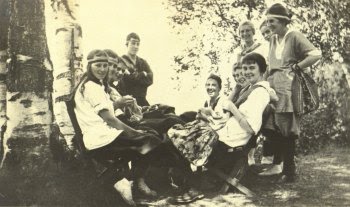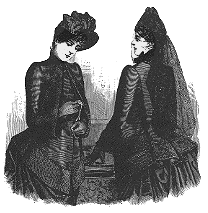
As I was preparing for my last year at the School for Information and Library Science (SILS) at UNC, I knew that I needed to gain some practical experience in the library field in addition to my current part-time job. At SILS, I became fascinated with electronic records and how they are being preserved for the future. The National Archives and Records Administration (NARA) defines electronic records as “any information that is recorded in a form that only a computer can process and that satisfies the definition of a record.” The actual definition of a record can vary slightly depending on who is consulted (i.e., NARA or the Society of American Archivists).
I contacted Duke’s University Archivist, Tim Pyatt, who put me in touch with Seth Shaw, the Electronic Records Archivist. Unbeknownst to me, Tim and Seth had been discussing the need of preserving information found on Duke’s various websites. When I approached them about a possible field experience, they felt that this would be a good project for me to assist with.
Online material has become an integral part of many institutions and Duke is no different. In order to preserve this information, web sites need to be collected and archived. Out of all the ways to do this (and there are many), we decided that the Internet Archive’s tool, Archive-It, would be the best option. Before starting to capture websites, we created a policy that defined what types of materials we wanted to collect. I used that policy to select the websites of 350 out of 500 Duke student organizations for capture.
This project provided me with a good amount of hands-on experience that will definitely be beneficial as I pursue my career in library science. Although I’ve finished my field experience, there will soon be a new field experience student to take up the reins and assist Seth in making sure that part of Duke’s cultural heritage is preserved.
Post contributed by Stephanie Brantley, RBMSCL Technical Services field experience student.










